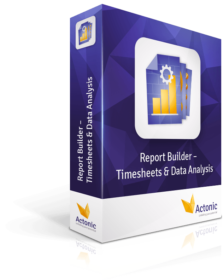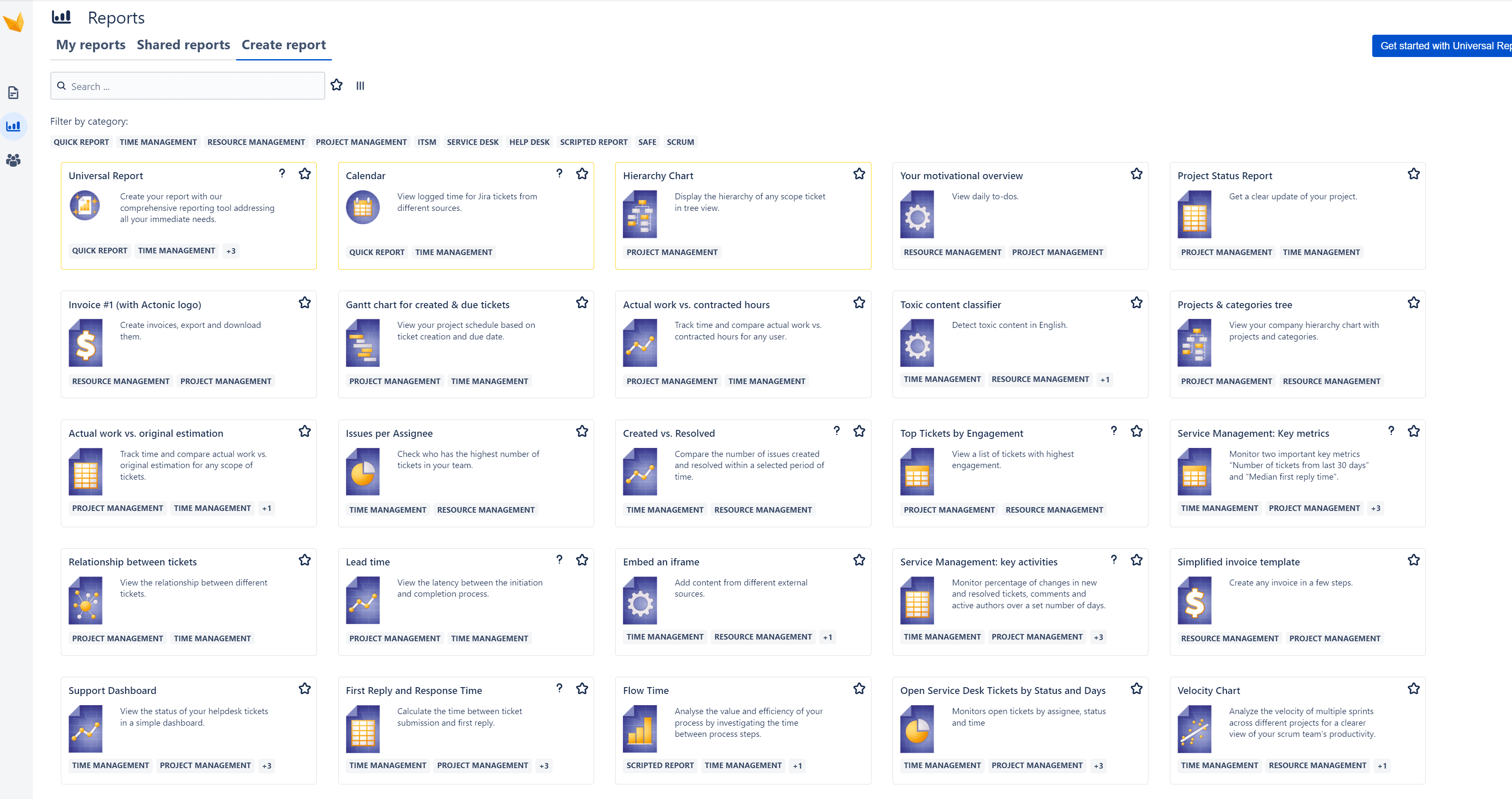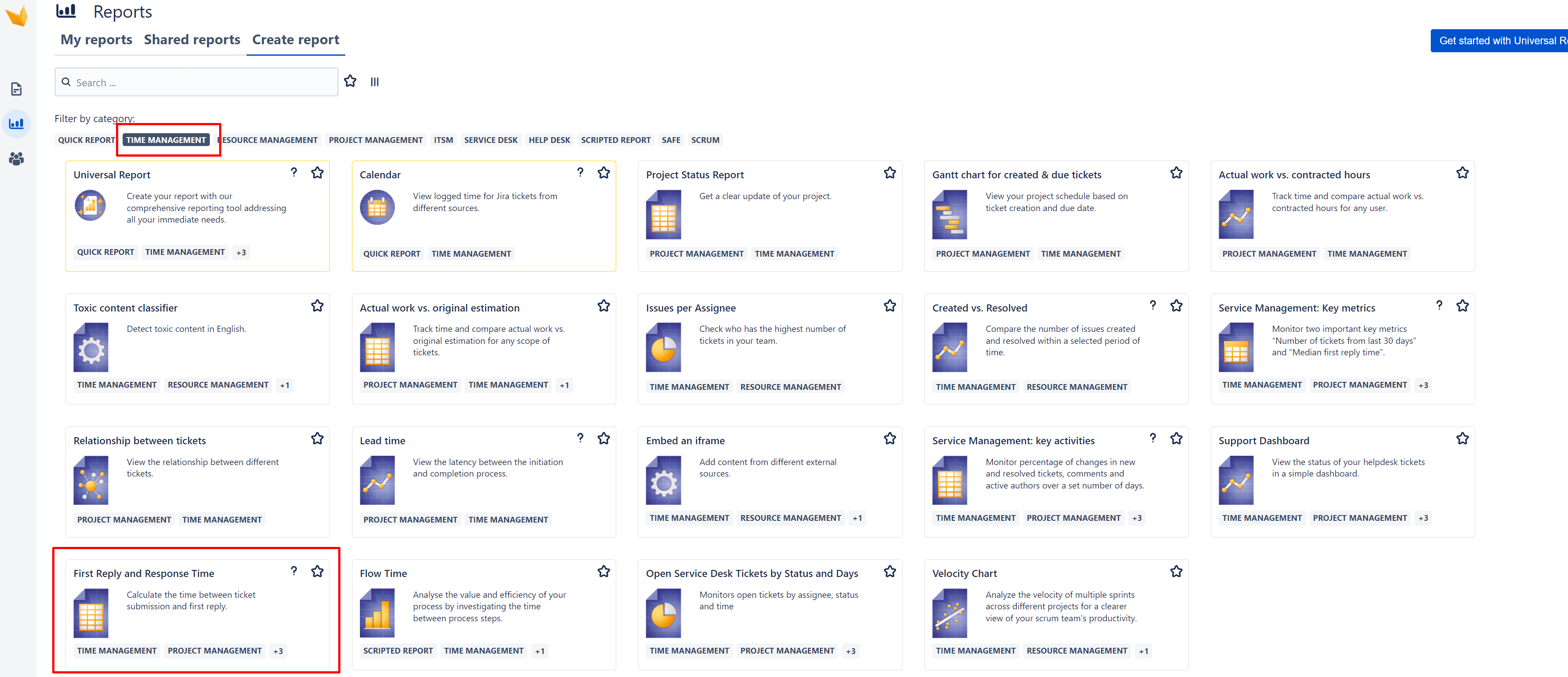For this purpose, there is the Key Performance Indicator (KPI) first response time (also called first reply time). This measures the time that customers have to wait until they receive a first answer. Since long waiting times lead to a high churn rate, keeping the first response time (FRT) as short as possible is essential. To control this with Jira, we want to introduce you to the First Reply and Response Time report from Report Builder.
At the end of the article, you will find helpful tips for optimizing your response time!
What is the first response time?
The first response time measures the time customers have to wait for the first answer once they have submitted a support request. Automatic (out of office) messages do not count in the statistics. The longer customers wait, the more dissatisfied they are and the higher their bounce rate.
In order to satisfy your customers and maintain a consistently high level of first-class customer service, it is necessary to determine the first response time. Presenting the status quo in a clear Jira report helps you see how efficiently your support works and how peak times or holidays affect ticket volumes. This way, you can quickly optimize the first response time.
And how to calculate the first response time? There is a simple formula for this:
What is a good response time?
There is no universal statement about a good response time because it depends on your company’s industry. For example, in live chat, a waiting time of 5 hours is too long. In logistics, a good average first response time is around 12 hours. In ticketing systems like Jira, first response times of less than 24 hours are a good average. But here, too, it is essential to differentiate between companies.
Difference between first reply and first response time
Before demonstrating how to create a well-organized Jira report, a quick note: The term first response time (FRT) is often used synonymously with first reply time. However, in our report, these two KPIs are slightly different.
We define First Reply Time as follows:
Our definition of first response time is:
In summary, the first reply time is similar to the first response time, except that the ticket status is also changed for the latter.
Here’s how the First Reply and Response Time report works
Step 1: To create the Report Builder first response time report, navigate to “Reports” and select “Create report”. Then you will see the following overview page:










